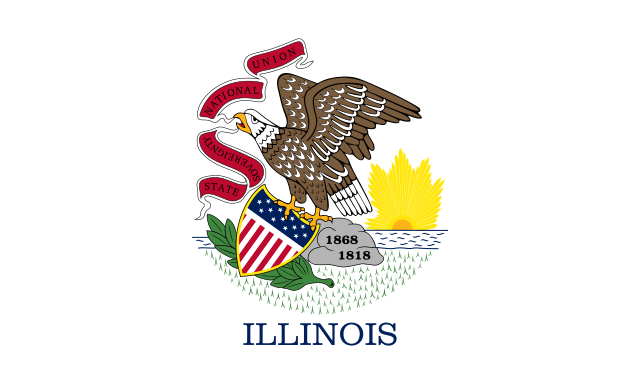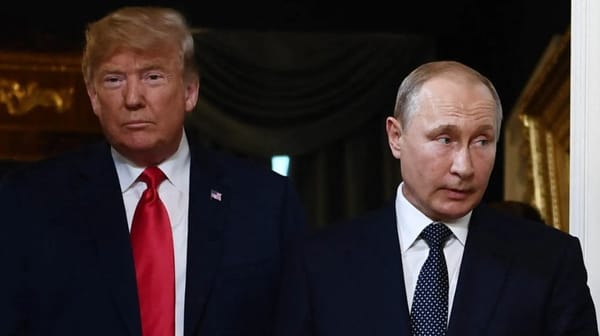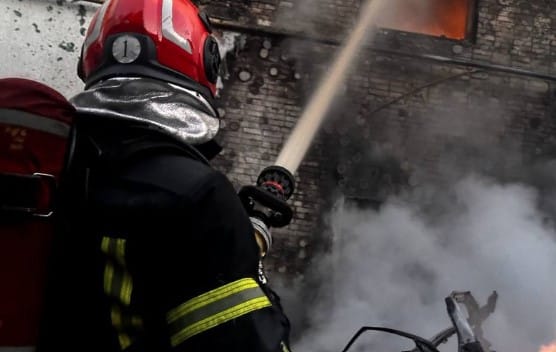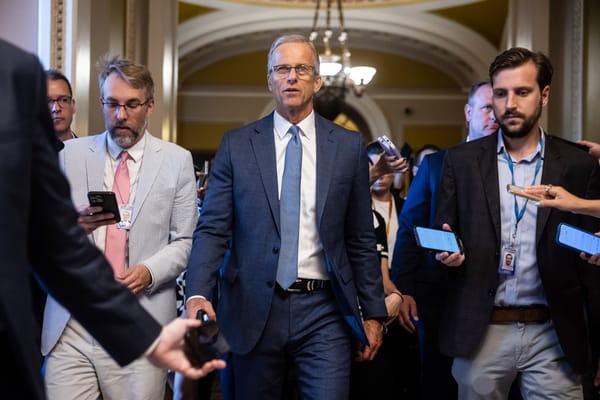Governor Pritzker Highlights Progress in Reducing Gun Violence in Chicago

Introduction
Governor JB Pritzker has announced a major decline in shootings and gun violence in Chicago, attributing the progress to a series of targeted state initiatives, unprecedented funding, and community-driven strategies. This announcement, made alongside state and city officials, community leaders, and violence prevention experts, marks a significant milestone in Illinois’ ongoing efforts to address one of the most persistent public safety challenges facing Chicago and its surrounding suburbs. The reduction in gun violence is being hailed as evidence that a coordinated, data-driven, and community-centered approach can deliver real results, save lives, and foster safer neighborhoods.
A Data-Driven Turnaround: The Numbers Behind the Progress
A recent evaluation by Northwestern University’s Center for Neighborhood Engaged Research and Science (CORNERS) found a 41% reduction in gun violence rates in Chicago and Cook County suburban hotspots targeted by the state’s Peacekeepers Program[1][2][3]. Across the 27 city and eight suburban communities served by the program, there was a 31% overall decline in gun violence in 2023 and 2024 compared to the previous two years[1:1][2:1].
The Northwestern study also found that:
- Hotspot locations—the areas most vulnerable to gun violence—saw a 41% decline in shootings.
- 13 of 14 community areas saw increases in “peace intervals,” or the amount of time between violent incidents, totaling a net increase of 136 days without shootings in the 2023–24 period compared to the prior two years[3:1].
- Homicides in Chicago are down more than 20% year-over-year as of early 2025, according to Mayor Brandon Johnson[3:2].
These results are being recognized as among the most significant and sustained reductions in urban gun violence in recent city history.
The State’s Strategy: Reimagine Public Safety and Community Violence Intervention
1. The Reimagine Public Safety Act (RPSA)
Signed into law by Governor Pritzker in 2021, the RPSA established the Office of Firearm Violence Prevention (OFVP) and called for a comprehensive public health approach to reducing firearm violence[1:2][4]. The Act’s core principles include:
- Community investment: Directing resources to the neighborhoods most affected by gun violence.
- Evidence-based, trauma-informed services: Providing support to those most at risk.
- Data-driven targeting: Using real-time data to identify and address violence hotspots.
The state committed $250 million over three years to the Reimagine Public Safety plan, making it one of the largest violence prevention investments in Illinois history[4:1].
2. The Peacekeepers Program
Launched in 2023 and modeled after the FLIP (Flat Lining Violence Inspires Peace) initiative, the Peacekeepers Program trains and deploys local residents to mediate and de-escalate conflicts in their own communities[1:3][2:2][3:3]. Key features include:
- Hotspot targeting: Peacekeepers are assigned to blocks, corners, and neighborhoods with the highest risk of violence.
- Community engagement: Workers mediate disputes, broker peace deals, and intervene before violence erupts.
- Expanded reach: By the end of 2024, the program operated in 27 Chicago community areas, eight suburban communities, and over 200 hotspots[3:4].
As Arne Duncan, founder of Chicago CRED, noted, “State support has made it possible for people at extreme risk of shooting or being shot to be a part of the solution. This is community-driven and community-led violence reduction”[1:4][2:3][3:5].
3. Community Violence Intervention (CVI) Ecosystem
Illinois has fostered a robust CVI ecosystem, with over $100 million in public funding for CVI services in 2025 alone[5]. The Government Alliance for Safe Communities (GASC), a partnership between state, county, and city agencies, has coordinated funding for street outreach, hospital-based violence intervention, and rapid response services[5:1].
- The City of Chicago invested $14.4 million in Street Outreach Services and $1.5 million in Hospital-Based Violence Intervention (HBVI) in 2025[5:2].
- The Illinois Department of Human Services’ Reimagine Violence Prevention Services Program offered up to $46 million in grants to community-based organizations statewide[5:3].
Voices from the Front Lines
Community Leaders and Peacekeepers
Peacekeepers and outreach workers are at the heart of the strategy. Eugene Haley, a Crisis Prevention Response Unit peacekeeper in the Austin community, described the work as “a day to smile,” reflecting on the tangible difference made in high-risk neighborhoods[2:4].
Vaughn Bryant, Executive Director of Metropolitan Peace Initiatives, highlighted that FLIP workers have mediated thousands of conflicts and brokered peace deals, often at personal risk, becoming “an essential part of the Community Violence Intervention framework”[1:5].
State and City Officials
Governor Pritzker emphasized the importance of “freeing our communities from the age-old patterns of crime and violence” and credited the progress to a bold, innovative, and community-centered approach[1:6][3:6]. Lt. Governor Juliana Stratton added, “We’re not just talking about public safety—we’re delivering results and staying committed to what works”[1:7].
Mayor Brandon Johnson noted that “crime is down,” with homicides dropping more than 20% in 2025, and credited the partnership between violence interrupters, community members, and the police department[3:7].
A Public Health Approach: Addressing Root Causes
Illinois’ strategy goes beyond policing, treating gun violence as a public health crisis[4:2]. The OFVP coordinates with the Illinois Department of Public Health, the Illinois Criminal Justice Information Authority, and other agencies to:
- Address trauma and mental health: Providing trauma-informed care to those affected by violence.
- Invest in youth and workforce development: Creating alternatives to violence through education, job training, and mentorship.
- Support families and communities: Offering wraparound services to stabilize households and neighborhoods.
Grace B. Hou, Secretary of the Illinois Department of Human Services, explained, “The Reimagine Plan will invest in these neighborhoods and regions to address the immediate and long-term causes of firearm violence”[4:3].
Sustaining Progress: Funding, Collaboration, and Next Steps
Sustained Investment
Illinois has committed to scaling and sustaining funding for violence prevention, with the GASC aiming for at least $100 million annually for CVI services[5:4]. The latest $20 million grant initiative ensures continued support for frontline organizations.
Cross-Sector Collaboration
The unprecedented coordination between state, county, city, philanthropic, business, and nonprofit partners is seen as key to the program’s success[5:5]. Lanetta Haynes Turner, Chief of Staff for Cook County Board President Toni Preckwinkle, noted that “the GASC represents an unprecedented level of coordination, not only across government, but across key sectors in our region”[5:6].
Community-Led Solutions
The emphasis remains on empowering those most affected by violence to lead the solutions. As IDHS Secretary Dulce M. Quintero stated, “Real solutions are possible when you ensure the work you do to prevent violence is grounded in the communities most impacted”[1:8].
Challenges and Criticisms
While the progress is significant, officials and advocates acknowledge that challenges remain:
- Sustaining funding and political will: Continued investment is vital to prevent backsliding.
- Federal policy uncertainty: Governor Pritzker criticized the Trump administration for proposing cuts to federal violence intervention funding, warning that such moves could jeopardize life-saving programs[3:8].
- Addressing root causes: Long-term reductions in violence require addressing poverty, inequality, and systemic barriers.
Conclusion
Governor Pritzker’s announcement of a major decline in shootings in Chicago is a testament to the power of coordinated, community-driven, and evidence-based approaches to gun violence. Through sustained investment, innovative programs like the Peacekeepers, and a holistic public health strategy, Illinois is demonstrating that progress is possible—even against one of the nation’s most entrenched problems. As the state continues to prioritize violence prevention, the lessons from Chicago may serve as a model for other cities seeking to break cycles of violence and build safer, more resilient communities[1:9][5:7][2:5][3:9][4:4].
https://gov-pritzker-newsroom.prezly.com/gov-pritzker-highlights-progress-reducing-gun-violence-in-chicago ↩︎ ↩︎ ↩︎ ↩︎ ↩︎ ↩︎ ↩︎ ↩︎ ↩︎ ↩︎
https://abc7chicago.com/post/governor-jp-pritzker-mayor-brandon-johnson-discuss-anti-violence-strategies-reduce-crimes-chicago/16190731/ ↩︎ ↩︎ ↩︎ ↩︎ ↩︎ ↩︎
https://news.wttw.com/2025/04/17/chicago-has-seen-significant-gun-violence-declines-under-peacekeepers-program-new-study ↩︎ ↩︎ ↩︎ ↩︎ ↩︎ ↩︎ ↩︎ ↩︎ ↩︎ ↩︎
https://gov.illinois.gov/newsroom/press-release.24090.html ↩︎ ↩︎ ↩︎ ↩︎ ↩︎
https://www.chicago.gov/content/city/en/depts/mayor/press_room/press_releases/2025/april/20-Mil-Violence-Intervention-Grant.html ↩︎ ↩︎ ↩︎ ↩︎ ↩︎ ↩︎ ↩︎ ↩︎




